
Hardwood vs. Softwood
We explore the differences between the two woods and alternatives, allowing you to understand the differences and choose the right timber
05.22.2018
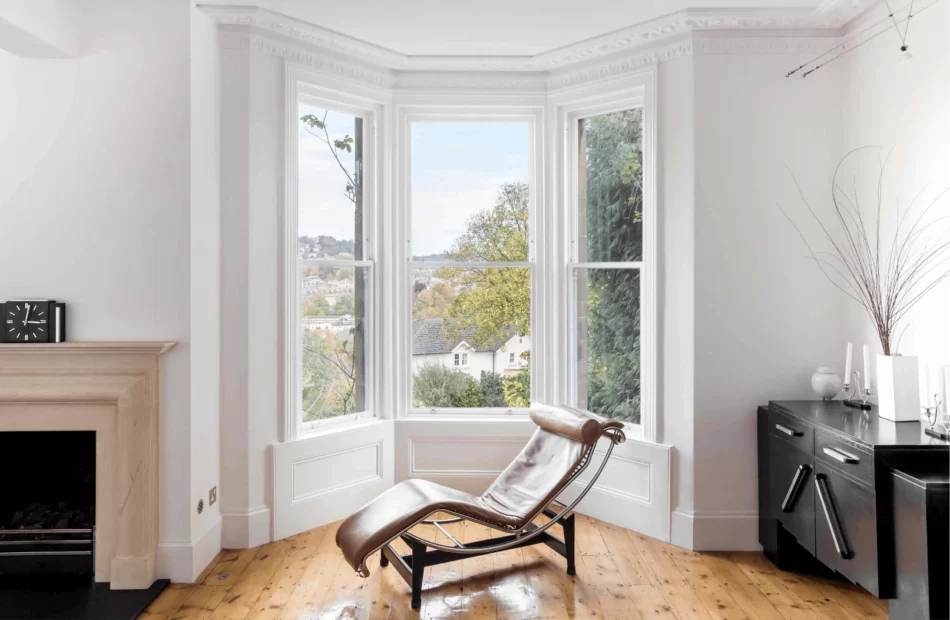
Timber was one of the first building materials used by man.
Due to modern advanced treatment techniques the durability of timber in construction is now far superior. Architects are able to create timber structures with the high performance and efficiency required for the 21st century. In an age of urbanisation, there is a need for fast and sustainable construction methods that bring a sense of nature into the home and workplace environment. Consequently, wood is undergoing a renaissance in the architectural industry, being recognised as a key constituent in the palette of materials that architects have to work with in today’s world.
The term ‘timber’ covers material from a huge range of different species, each of which can have significantly different performance characteristics. A common way of attempting to categorise the performance of different species is to class them as either hardwoods or softwoods. However, without a deeper understanding of timber, this can be a misleading approach and ignores the relatively recent category of high performance wood, which is likely to play an increasingly important role in our use of timber.
Hardwood properties:
Sourced from broad-leaved trees, hardwoods tend to be slower growing and are usually more dense than softwoods. As a result of their condensed and more complex structure, hardwoods generally offer a superior level of strength and durability. Common types of hardwoods include: oak, teak, sapele, iroko and meranti, which grow at a much slower rate and require longer drying times – both of which are factors that drive up the cost of the wood. Such hardwoods are much more resilient than softwoods and tend to be reserved for tasks that require maximum durability and longevity. Other hardwoods such as beech, maple and walnut are used for more bespoke joinery projects; crafting furniture, wooden flooring and fine veneers; where particular aesthetic characteristics, such as the colour and wood grain, are desired. Often considered an investment, hardwoods are usually longer-lasting with natural weather resistance and require less maintenance than cheaper softwood alternatives.
Softwood properties:
On the other hand, softwoods derive from conifers and are more readily available, easily manipulated and develop at a quicker pace, leading to lower cost levels. Flexible, lighter in weight and less dense than most hardwoods, softwoods are frequently used for interior mouldings, the manufacturing of windows, construction framing and generating sheet goods such as plywood and fibreboard. If desired for outdoor use, softwoods are often impregnated with biocides before being installed to improve the wood’s durability. Softwoods generally have a shorter service life than hardwoods in external applications as even after treatment they are often less durable and require more care and maintenance over their lifespan.
See more in the Accoya Performance Testing Summary.
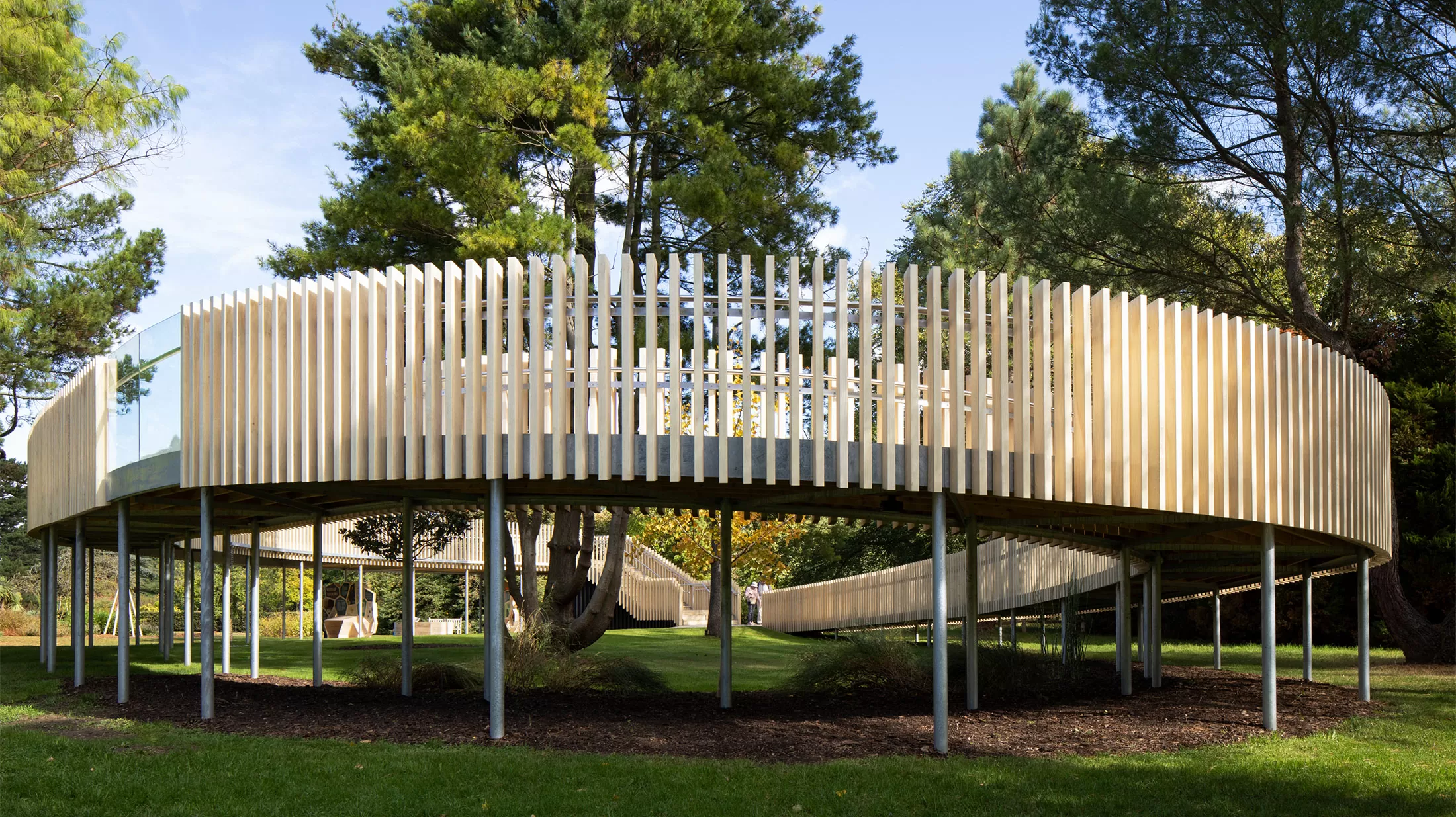
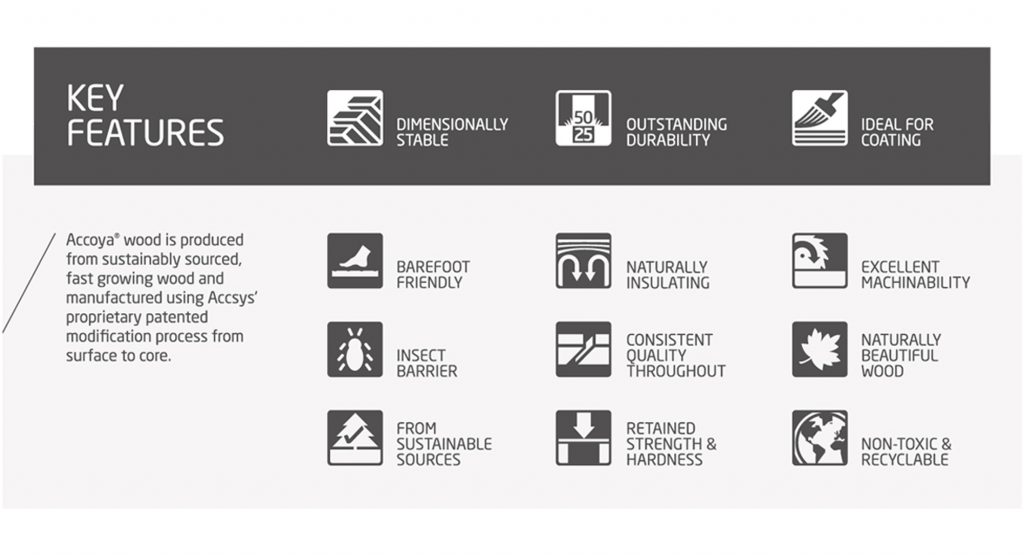
The exceptions to the rule:
Generally speaking, the average hardwood is a great deal harder and more durable than the average softwood. However, there are exceptions. For instance, balsa is a hardwood that is relatively soft and is more commonly used for the construction of lightweight models while old growth western red cedar, a renowned softwood material, possesses high durability and stability properties, aligning itself with many of the timbers within the hardwood division.

Looking to Accoya®, the world leading, high performance and sustainable wood product, this is a softwood but with all the key qualities associated with a hardwood, and even surpassing many hardwood characteristics. Manufactured using Accsys Group’s propriety acetylation process – a cutting edge patented technology – Accoya® wood’s key features include exceptional durability, outperforming the likes of teak, sapele and iroko, along with outstanding dimensional stability and superior consistency.
The acetylation process works by altering the chemical make-up within the wood’s cell wall, creating a marked improvement in durability, stability and hardness. Exceeding the high performance attributes of tropical hardwoods, Accoya® is proven to withstand the harshest external environments. With a guarantee of 50 years above ground and 25 years in ground or freshwater, Accoya® can be used for both external and internal uses and stands up to extreme application challenges – from decking and siding to doors and windows – with minimal maintenance required. With Accoya®’s high level of performance and low maintenance requirements, it offers value for money and extends the design opportunities for architects.
Finishes and coatings:
The durability and stability of both hardwoods and softwoods is improved by a good coating system that minimises water ingress. Such coatings can be either translucent to show off an attractive grain, or opaque and if properly applied in factory conditions, they can make a significant improvement to the service life of products made from such timbers. Tried and tested by leading independent institutes for over 90 years, Accoya® offers a remarkable degree of dimensional stability and significant reduction in shrinkage and swelling.
Since Accoya® provides such a stable coating substrate, coatings applied to the surface of wood typically last twice as long on Accoya® than on other joinery timbers. Any coatings designed for use on wood can be applied to Accoya®, whether water, oil or solvent-based. Its light colour allows for a wide range of colours to be used, even with translucent stains.
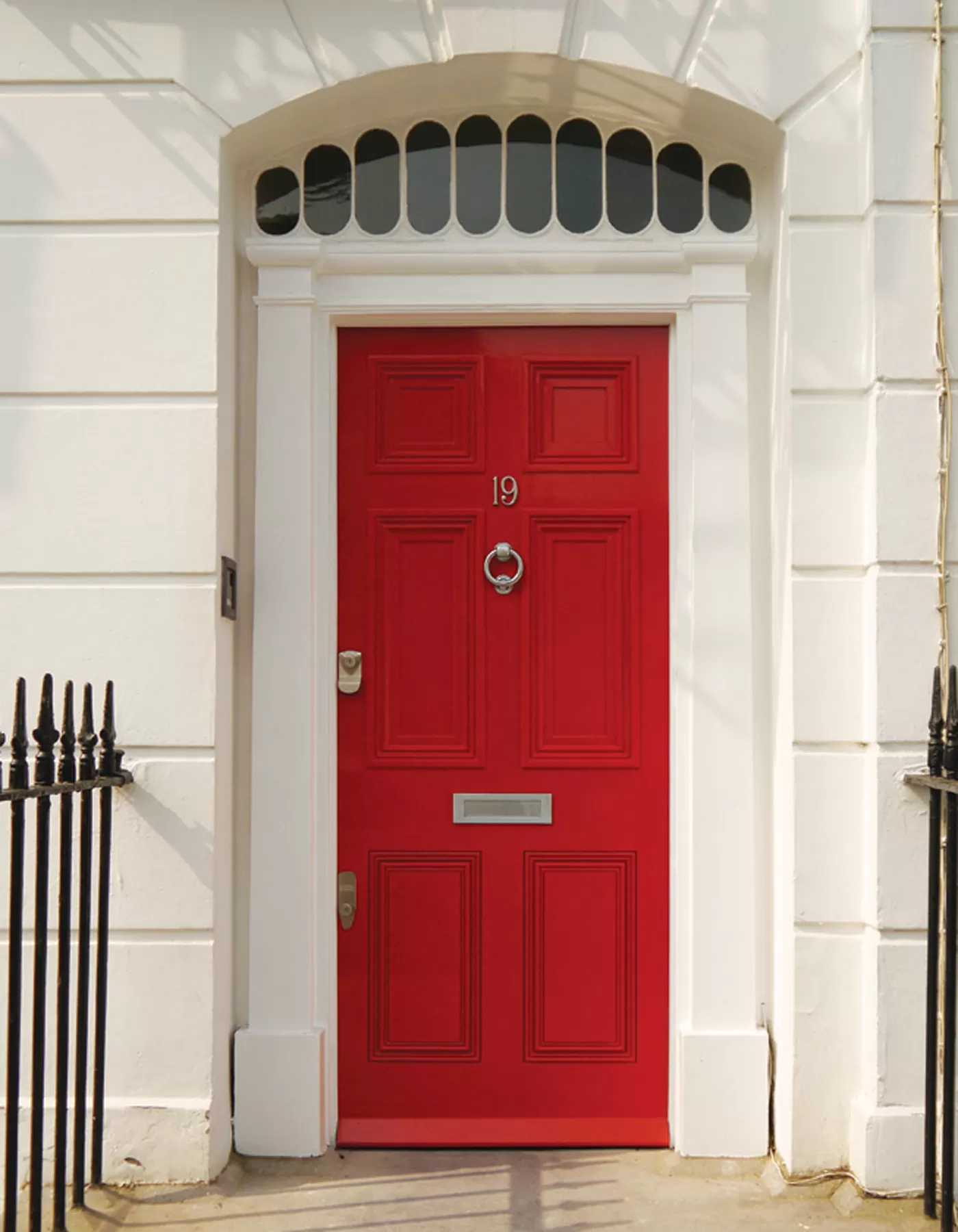
Market information and sustainability:
The current use of different timber species for external applications in different countries is typically linked to factors such as local availability, historic colonial trading, and the severity of climate. In the UK, our warm and wet climate, though not extreme, is amongst the most challenging for timber. Conversely, trees tend to grow relatively quickly in our climate and are consequently of poorer quality than the same species grown in colder climates. This, together with the fact that there are relatively small areas of land available for forestry, means that we import most of our timber for high performance applications, such as joinery.
For many years the relative proportions of softwood and hardwood species used in the UK has remained largely unchanged, with softwoods tending to be favoured in situations where cost is a key driver and hardwoods where their appearance and/or natural durability is preferred.
Sustainability is an increasingly important factor in the sourcing of timber. On top of legal requirements for anyone importing timber into the EU to ensure that it is both legal and sustainable, there is a trend for increasing numbers of end clients to require some sort of sustainability certification. There are many different measures of sustainability for timber, ranging from schemes such as FSC® or PEFCTM that are a measure of the sustainability of the forests in which the timber is produced, to various ecolabels that measure the impact on the environment of products made from the timber. A fairly basic measure of sustainability is carbon footprint, i.e. the net output of CO2 equivalent gasses during the production and use of timber products. In this regard locally-grown softwoods that grow relatively quickly and thus rapidly absorb CO2 from the atmosphere and use less energy in transport to the UK market will generally have a lower carbon footprint than both tropical and temperate hardwoods. However, since the service life of products made from locally-grown softwood products is not as long as the same products made from most hardwoods, to get the full picture one must consider the carbon footprint per year over the life of the product.
Modified woods offer the potential to combine the carbon benefits of a fast growing and sustainable softwood with the longevity more normally associated with hardwoods. In the case of Accoya®, the trees from which it’s made take less than thirty years to reach a harvestable size, yet Accoya® can be expected to last at least sixty years in above ground applications, meaning that the wood can be replaced at twice the rate that it is used up. Accoya® has additional sustainability benefits since it is made from wood from FSC® certified (C012330) forests and achieves its performance without the use of any toxins. It can be upcycled or recycled like any non-toxic wood and has been positively assessed by many ecolabels. One being the prestigious C2C (Cradle to Cradle) for which Accoya® is attributed the Gold status overall, with the highest possible status – Platinum, in the Material Health category.
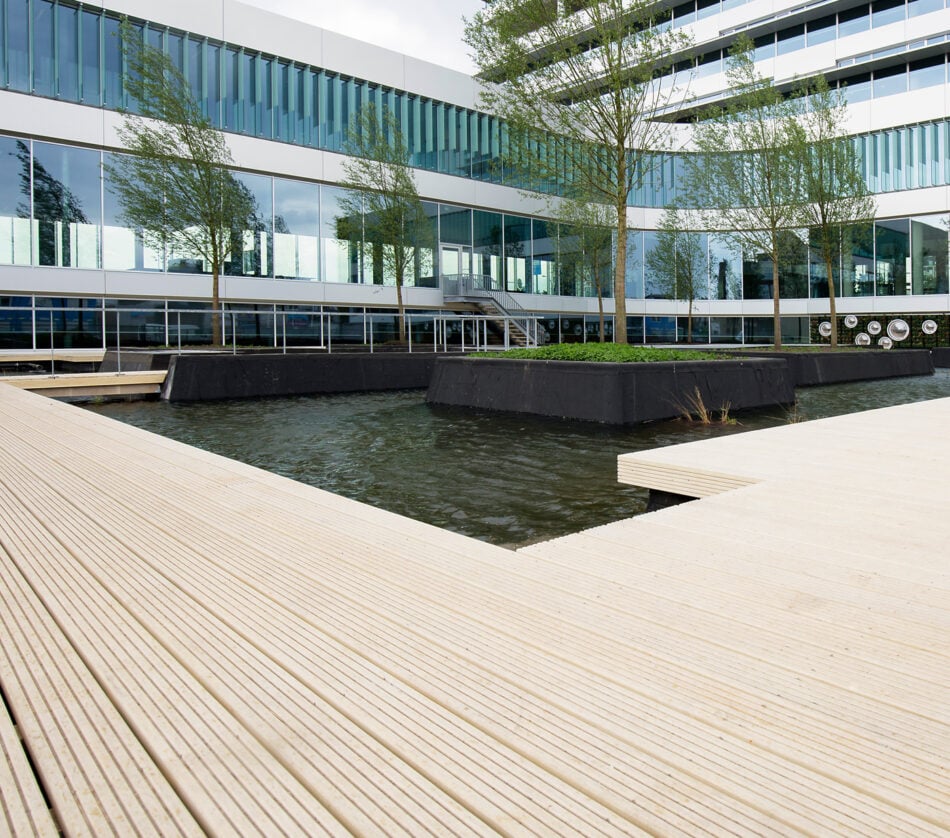
Healthy buildings:
Using sustainable timber is without a doubt the way forward for architecture, where healthy buildings are becoming increasingly important. With climate change and the ever-growing need for more homes to counteract the housing problem, the world population requires solutions which results in a low energy input and a low carbon footprint outcome. It is commonly known that wood is a fantastic insulator, and the same is true for Accoya®. With excellent thermal properties, low thermal conductivity and high thermal mass, buildings made from sustainable timber are more efficient to heat and cool, reducing the overall carbon footprint of a building over its lifetime. Utilising wood from responsibly managed forests not only contributes to improving the global climate but with modified woods that boast ecologically friendly properties, architects are able to conceive infinite design ideas safe in the knowledge that the natural ecosystem has not been compromised.
The city hall in Venlo is a paramount example of applying the Cradle to Cradle design principles on a building scale. Find out more here.
Tried and tested:
Some of the most innovative, exciting and award-winning architectural projects have been crafted from sustainable timber and the desire for ecological healthy structures is growing within the joinery and architectural industries. Accoya® has been used in worldwide commercial projects for over 10 years, and there are more than 1,000 manufacturers using the material in the UK alone. A tried and tested, recognised model, Accoya® is an innovation in wood and a revolutionary material ideal for those who don’t want to negotiate on aesthetics or the environment, and one that stands up to challenging conditions time and time again.
Where to Buy
You can buy Accoya and Accoya products from our selection of distributors or manufacturers in your region. Use our map search tool to find your nearest Accoya supplier.
WHERE TO BUY ACCOYA
for your next projectWhat type of Product are you interested in?
- - Select product type -
-
FIND A SUPPLIER
FIND A INSTALLER
for your next projectWhat type of are you interested in? (optional)
How will your be used?
- - Select type -
-
You are currently on the Accoya site
Would you like to visit the Accoya Site to view all relevant content for your location?